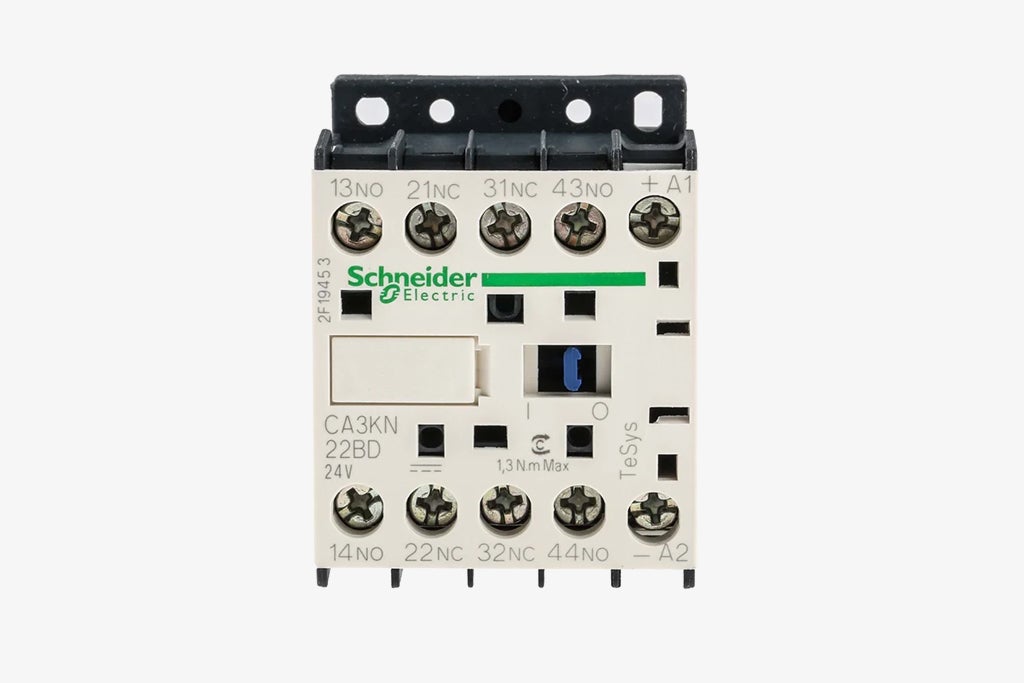Relays play a crucial role in various industries, enabling the control and switching of electrical circuits. Two commonly used types of relays are mechanical relays and solid-state relays (SSRs). While both serve the same purpose, they differ significantly in terms of their construction, operation, and applications. In this article, we will delve into the intricacies of mechanical relays and SSRs, highlighting their unique characteristics and shedding light on their respective advantages and disadvantages.
- Mechanical Relays:
Mechanical relays, also known as electromechanical relays, have been in use for decades and are based on traditional electromagnetic principles. These relays consist of a coil, an armature, and a set of contacts. When an electrical current passes through the coil, it generates a magnetic field that attracts the armature, causing the contacts to close or open, depending on the relay type. Mechanical relays offer several advantages, including high switching capacity, robustness, and compatibility with various voltage levels. They are commonly found in applications such as power distribution, industrial automation, and automotive systems. - Solid-State Relays (SSRs):
SSRs, on the other hand, represent a more modern and technologically advanced alternative to mechanical relays. Unlike their mechanical counterparts, SSRs do not have any moving parts. Instead, they utilize semiconductor devices, such as thyristors or triacs, to perform the switching operation. SSRs are controlled by an input signal, typically a low-voltage DC signal, which triggers the semiconductor device to allow or block the flow of current. This electronic switching mechanism offers several advantages, including faster switching speeds, reduced noise, enhanced reliability, and longer lifespan. SSRs find extensive applications in areas such as temperature control systems, motor drives, and industrial machinery. - Key Differences:
3.1 Construction: Mechanical relays consist of moving parts, including coils, armatures, and contacts, whereas SSRs are solid-state devices without any mechanical components.
3.2 Switching Speed: Mechanical relays have relatively slower switching speeds due to the physical movement of their components, while SSRs can switch on and off rapidly, thanks to their electronic switching mechanism.
3.3 Noise: Mechanical relays produce audible clicking sounds during operation, whereas SSRs operate silently, making them suitable for noise-sensitive environments.
3.4 Lifespan: Mechanical relays have a limited lifespan due to wear and tear of their moving parts, while SSRs have a longer lifespan as they do not experience mechanical fatigue.
3.5 Compatibility: Mechanical relays can handle high voltage and current levels, making them suitable for high-power applications, whereas SSRs are more suitable for low to medium power applications. - Applications:
4.1 Mechanical Relays: Due to their high switching capacity, mechanical relays are commonly used in power distribution systems, control panels, and heavy-duty industrial applications.
4.2 SSRs: SSRs are preferred in applications that require fast switching speeds, such as temperature control systems, motor drives, robotics, and medical equipment.
Conclusion:
In summary, mechanical relays and SSRs are two distinct types of relays, each with its own set of advantages and applications. Mechanical relays offer high switching capacity and robustness, while SSRs provide faster switching speeds, reduced noise, and enhanced reliability. Understanding the differences between these relay types is crucial for selecting the appropriate relay for a specific application. Whether it's the traditional reliability of mechanical relays or the advanced technology of SSRs, both play vital roles in powering and controlling various electrical systems across industries.

